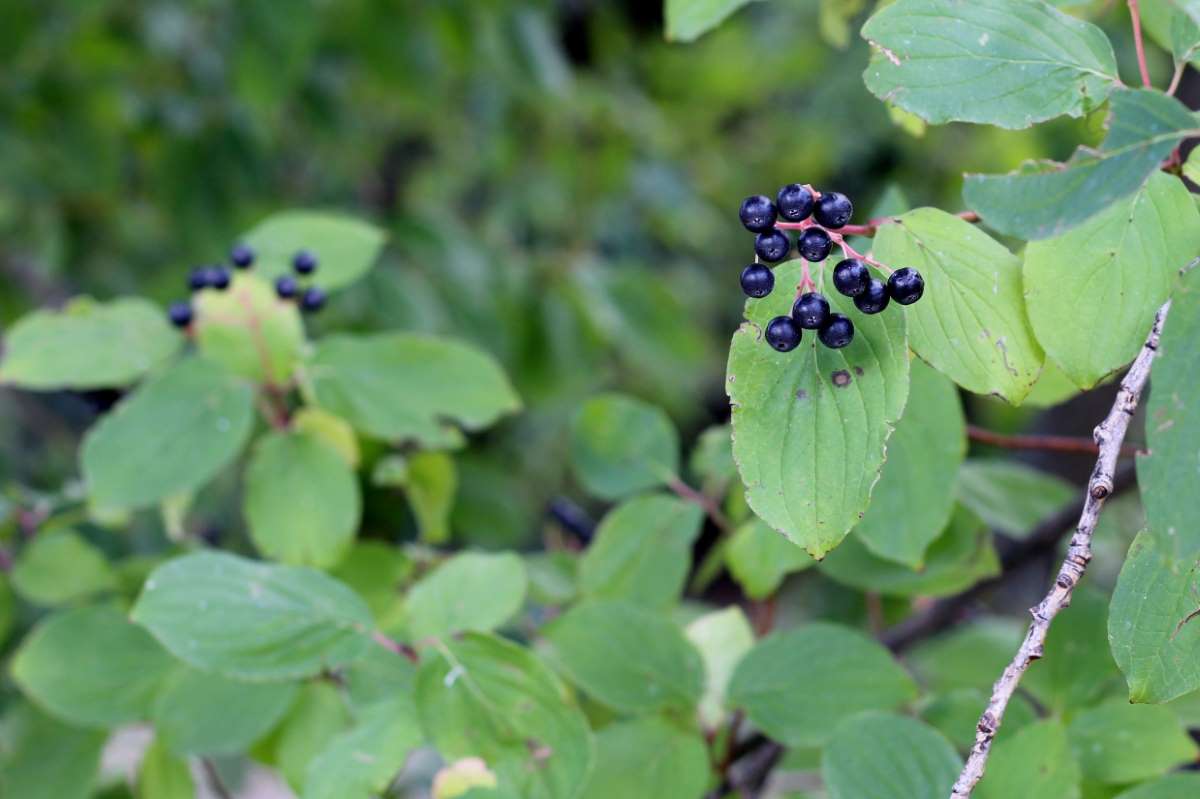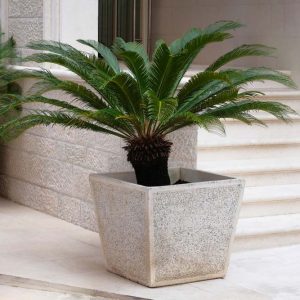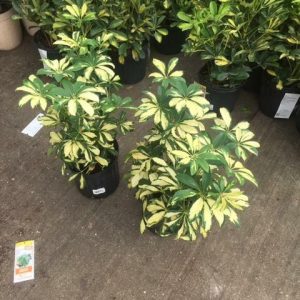Description
Rhamnus – Frangula – Buckthorn –
There are about 125 species of prickly, deciduous or evergreen shrubs or small tress, in the Buckthorn family, in this genus. They are widely distributed in Northern temperate regions, with a few in the Southern Hemisphere. They occur in woodland, heath land, scrub, bogs, or rocky places, often on alkaline soils. They are grown primarily for their leaves, which has good autumn color in some of the deciduous species, and their decorative fruits. The leaves are simple often with serrated edges and are held opposite or alternate. Tiny hermaphrodite or unisexual, cup shaped flowers, up to 1/8″ across, with 4 or 5 petals, are borne in axillary racemes or umbel like clusters, they are often fragrant and usually yellowish white, greenish white, or white. Some flowers, particularly those of R. frangula, are very attractive to bees. The fruits are fleshy, pea sized berries popular with birds. Grow in a shrub border, R. cathartica and R. frangula may be used as hedging. All parts may cause severe discomfort if ingested.
Grow in moderately fertile soil in full sun or partial shade. R. cathartica, R. frangula, and R. imeretina prefer moist soils. R. alaternus needs well drained soil in full sun. They tolerate salt laden air and alkaline soil.
Prone to scale insects, caterpillars, rust, Cercospora leaf spots, and Septoria leaf spots.
R. cathartica – Common Buckthorn – Buckthorn – This dense, thicket forming, spiny, deciduous shrub, rarely a small tree, from Europe, Northwestern Africa, and Western Asia grows 20′ feet tall and 15′ feet wide. From grey brown, spiny branches it carries oval to elliptical, finely toothed, glossy, dark green leaves, with furry undersides, that turn yellow in autumn. In late spring and early summer it bears axillary clusters of unisexual, 4 petaled, yellowish green flowers. In autumn, bears spherical red fruit, to 1/4″ across, ripening to black. Has become a weed in some areas.
Zones 3-8





